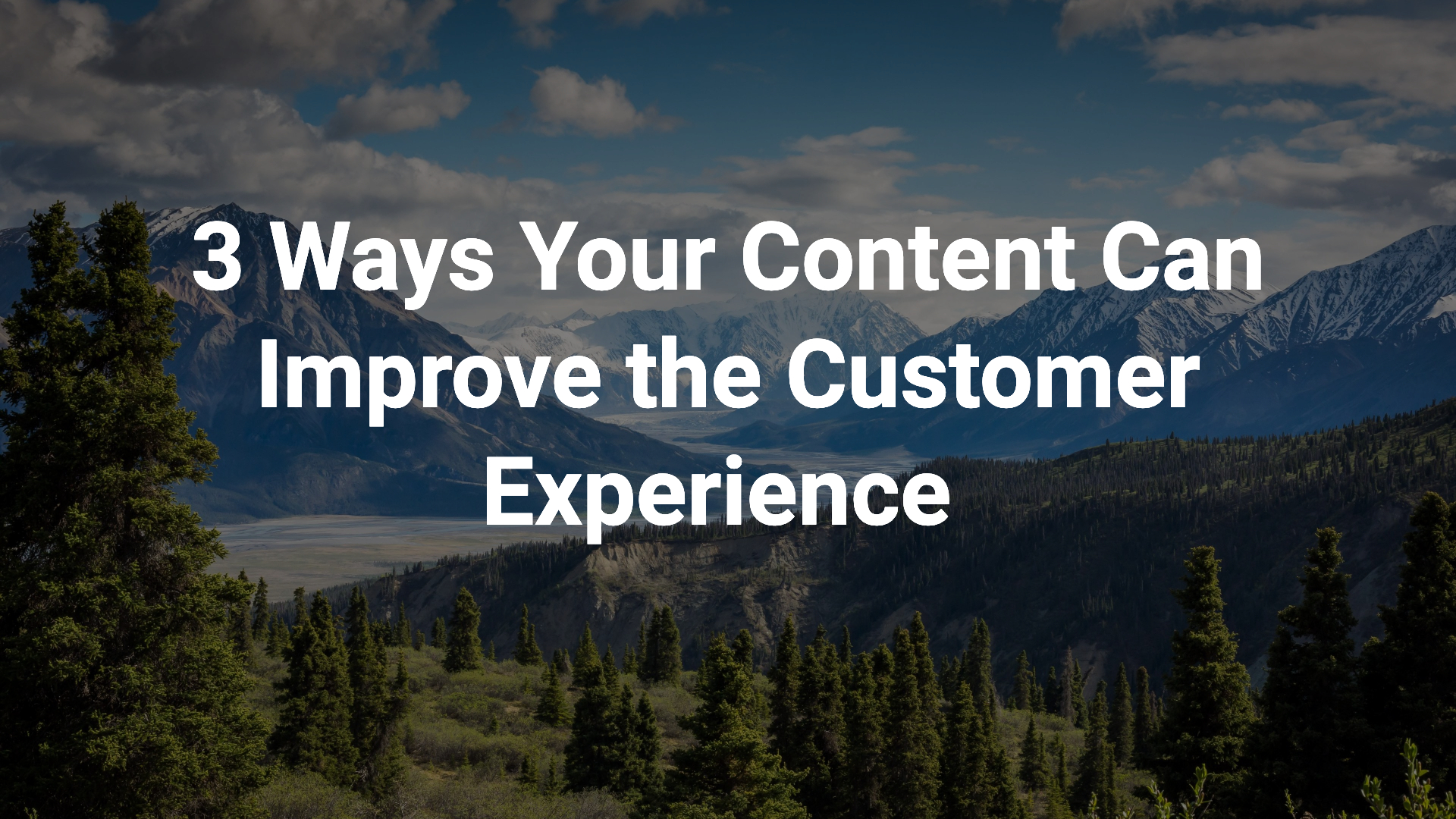Two years ago, I bought a laptop from a popular PC brand. A year later, and a week after the warranty expired, the battery went kaput.
I’m not afraid of a little computer hardware challenge, so I went to the brand’s online support site to find out how to get a new battery, and find instructions on how to replace it.
I found nothing. Not even a hint of a solution.
I fired up the site’s chatbot and made my request for help. An hour of disjointed, clearly scripted conversation later, and the only response I could get was that I was supposed to send the laptop back to the manufacturer and pay for the repair.
I wasn’t about to do that. Not when I knew I could easily fix it myself.
So I closed the brand’s website and hit up Google Search. It took seconds to find a website that not only sold the battery I needed, but also had helpful content that gave clear instructions on how to replace the battery and cautioned me that I’d need special tools for the job. I even found an article that explained why the special tools are required, and where to buy them (nope, this company didn’t sell the tools — they pointed me straight to Amazon).
I bought the battery from that website, ordered the special tools off Amazon, and replaced the battery myself.
The customer experience (or CX) I had with the PC brand was a poor one. I haven’t bought anything from them since. But I’ve bought many products from the website that I bought the battery from. The battery website gave me a good customer experience, and I didn’t even interact with their employees — my great customer experience was with their content.
Customer experience defines the relationship your customer has with your company. And your content can make a huge positive impact on CX at every step of the buying journey.
1. Your Content Establishes Trust
Trust is the belief that your product or service will do what you claim it will do — and that your company is what you say it is. Trust is a critical factor in the buyer’s decision-making process.
Content gives you the opportunity to inspire, educate, and inform people who discover your brand — to establish your company as a trusted resource. And unlike customer service and chatbots, once your content is published, it requires no employee resources for it to do its job.
2. Your Content Can Improve Your Brand Reputation and Counteract Negative Reviews
Brand reputation is the belief that precedes the experience. It’s the preconceived ideas about your company, product and/or service that your target audience comes with.
Your brand reputation can be negatively affected by poor customer reviews, not to mention jabs from competitors. These days, though, bad reviews can be bought on the open market. You can’t completely avoid them, no matter how great your product or service is. The best way to counteract them is to commit to providing a great customer experience — one that your customers rave about and share enthusiastically.
Providing helpful content like the battery seller did when I was looking to fix my computer myself is a great start. But remember: Your content is the conversation your company is having with customers when you’re not around. So don’t stop with helpful content. Give your customers inspiration, resources, tools, success stories, prompts and entertainment too. A great experience with your content may just counteract some of those paid-for bad reviews — or at least it might cause a potential buyer to think twice about what they’ve heard.
3. Your Content Reassures the Committed
When a prospect commits to purchasing your product or service, it’s a short span of time from the high of making the decision to the low of buyer’s remorse. When a buyer has committed, this is the moment they need reassurance.
When I found the battery I was looking for, I felt reassured by the helpful content I found on the website. The battery was expensive (as all laptop batteries are), but I didn’t have the chance to feel buyer’s remorse because the company was giving me everything I needed to solve my problem.
Content and Customer Experience Go Hand in Hand
Not long ago, I wrote an email sequence for a software company’s SDR (sales development representative) team. As I do with all copywriting and content writing projects, I took the time to understand the audience these SDRs were trying to reach, and I wrote the email content to (not for — it’s an important distinction) that audience.
The response I got from the SDR team on their new email copy was swift: They felt so much happier sending these emails than the formulaic, robotic emails they’d been sending in the past. In essence, I gave them content that helped them help their prospects — and the reps knew it would make all the difference in the trajectory of those relationships.
For many companies, marketing and sales content are afterthoughts or boxes to check. For companies that put a premium on the customer experience, however, thoughtful content is a powerful tool for building better customer relationships.
